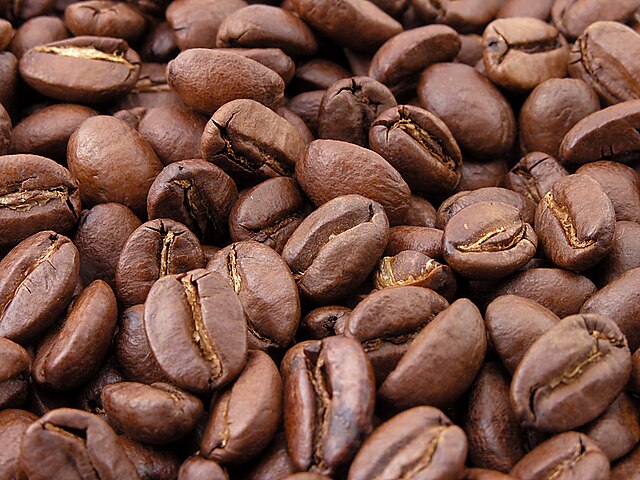A hub in mountainous Al Baha city in southwestern Saudi Arabia has planted 500,000 coffee trees, exceeding the initial target of 300,000.
The development crowns a July 3, 2024 conception by the Ministry of Environment, Water and Agriculture, under the Vision 2030 strategy.
Al Baha’s mega agricultural hub in Mashouqa is now the Gulf region’s initial coffee-bearing metropolis – reports the Gulf News.
It spans over 1,600,000 meters square, composite of irrigated farmland and a roastery with transportation links.
The management aims to transplant 100,000 more seedlings of coffea arabica and other varietals. This will cement the status of Al Baha as the kingdom’s biggest coffee bean source.
Although there are plans for more tropical produce such as mangoes and honey, the central focus remains the wildly popular coffee.
A Cup a Day for All the Population
So popular is the beverage that the country imports over 73,000 tonnes of green beans annually, as of 2022, to satiate consumption.
Saudis apparently drink 36 million cupfuls of caffeine each day, per 2025 findings by the Saudi Restaurants and Cafés Association. The association also finds that the domestic coffee industry boasts a market worth of at least $1.3 billion yearly.
With the national population at 35.3 million as of June 2024, this means a single cup per person daily.
In reality, it is the youth below 35 years of age, comprising three-quarters of the population, who consume most coffee.
Hence, farms like Al Baha will readily find local demand because of the love for homegrown rather than Turkish coffee.
Most of the targets for farms and roasteries are mushrooming cafés. According to the Saudi Restaurants & Cafés Association, these joints contribute 16% of national food service returns.
So, as the Al Baha coffee city greens Saudi Arabia, how will the country’s local and international coffee trade alter? The statistics below attempt an answer by looking at the desert kingdom’s exports, imports, production and consumption profiles.
Saudi Arabia Coffee Statistics
The Kingdom of Saudi Arabia (KSA) enjoys the special privilege of being the Middle East’s biggest coffee trade hub. Annual green coffee imports top 73,000 tonnes worth 1.16 billion riyals ($309 million, 2022), while exports reach 3,226.6 tonnes (2023). Consumption is at 1 cup per person daily or 36 million cups daily for 35.3 million people (June 2024 census estimate).
Does Saudi Arabia produce coffee?
Production details in their part are sketchy. Unofficial stats put annual output at 800 tonnes, but the target is 10,000 tonnes under the Vision 2030 framework. The Saudi Coffee Company plans to grow 5,000,000 coffee trees by 2035 at about $320 million. The investment had already got headway by August 2025 when a farm in Al Baha planted 0.5 million trees.
How do Saudi coffee imports and exports compare?
Saudi Arabia imports approximately 28 times more coffee than it exports, based on trade value figures. According to the World Bank, the KSA ranked 29th globally in 2023 for green coffee bean imports worth $330.38 million. The same year, the country exported over $12.8 million in green coffee, to mostly Kuwait and Yemen.
